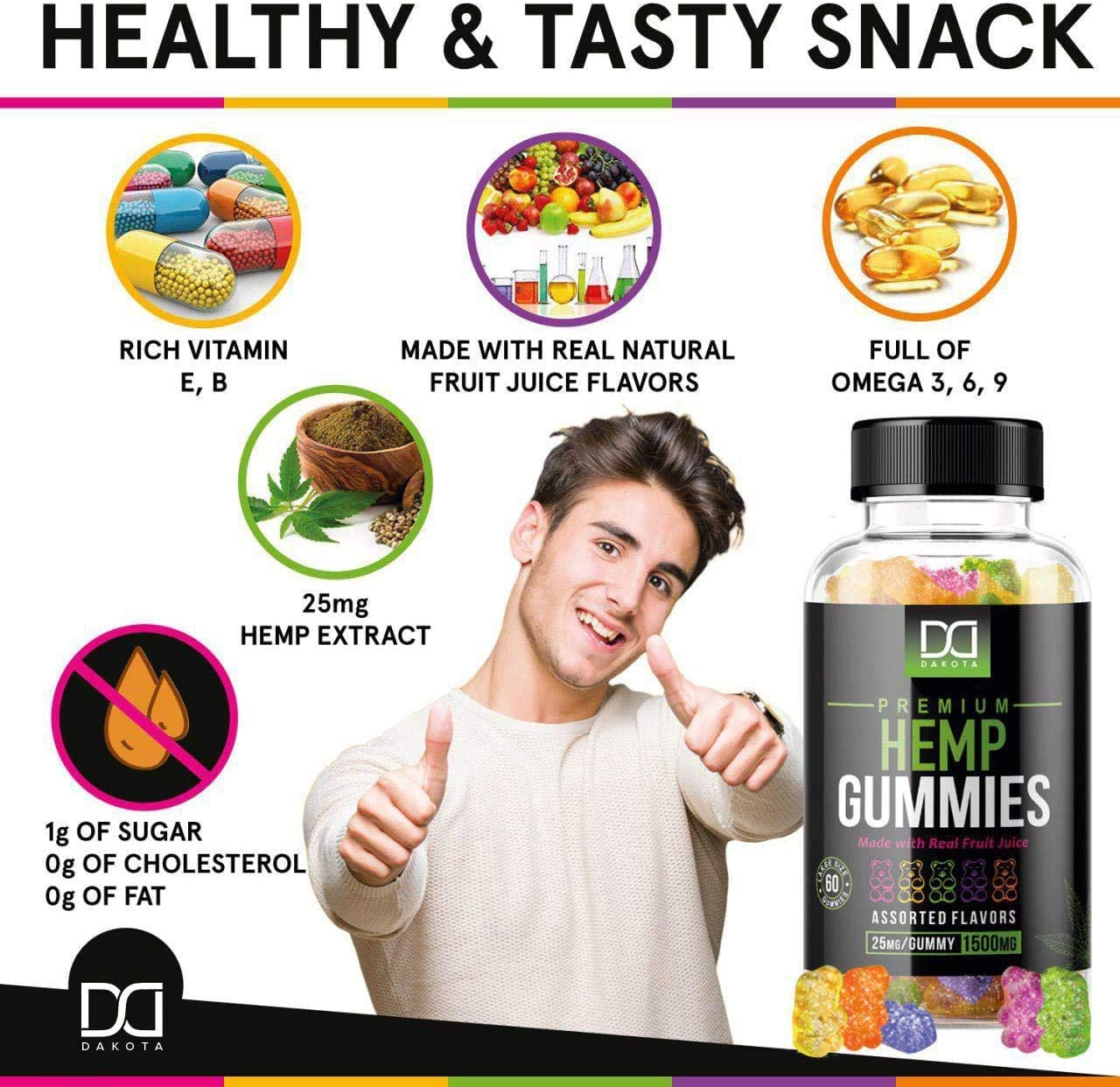DEAR DR. ROACH: I had the Moderna COVID-19 vaccine in January and February this year, with moderate pain for a few days several days after the second vaccine. I am 79 years old and I am doing physical therapy for painful shoulders, rotator cuff tears in both shoulders, as well as arthritis. My physical therapy will continue until the end of December. If I get the booster shot now, can I continue with the physical therapy? Or should I wait until January 2022 to get the booster shot? — C.G.
ANSWER: Some people have had lighter reactions to the third shot, and some have had worse reactions. Overall, you are likely to get a similar reaction to a third shot as you did to the second, so I would plan on having a couple days of a sore arm. You might schedule the shot for right after physical therapy to minimize the effect.
A third vaccine is recommended six months after the second vaccine for all adults (and may be expanded by the time this gets published).
DEAR DR. ROACH: In your recent column about the rodeo roper with osteoarthritis, you didn’t mention topical CBD. My severely disfigured proximal thumb and index finger have responded, with reduced pain and swelling. I also use a splint and brace. — K.L.F.
ANSWER: Topical cannabidiol, a chemical component of cannabis, has been shown to be effective in some small studies. The risk of harm is low with topical CBD. As always, there is a risk that the product may contain THC, the main psychoactive component of cannabis. However, THC is not absorbed well (or at all) through the skin, so for topical use, that’s not so much of a concern. Pain creams are most useful for joints very close to the skin, such as on the hand, knee or elbow. Because the hip is so deep, topical agents including CBD or NSAIDs (such as diclofenac) are likely to be ineffective.
DEAR DR. ROACH: Is there any truth to the rumor that if you fry with olive oil it is cancer-causing? — H.B.
Not all cancers can be prevented. Some are due to combinations of genes and bad luck, or environmental factors such as air pollution. However, there are activities that can raise or lower cancer risk compared with a general population. Smoking is probably the biggest one. Alcohol also increases risk of many cancers, as does obesity and a sedentary lifestyle.
Diet is also clearly linked to cancer risk. Eating processed meats, charred meats and ultraprocessed foods all have been associated with an increase in different cancer risks (the cancer-causing properties of red meat remain controversial, but are probable, although small). So, if you fry a processed meat in olive oil, it is still harmful as it relates to cancer risk. However, the olive oil itself, whether consumed raw like in a salad dressing or used to cook, is not carcinogenic (cancer-causing). Most studies have found that a diet high in fruits and vegetables decreases cancer risk.
What you are frying is more important than what you are frying it in, from the standpoint of cancer risk. For heart disease, olive oil is high in monounsaturated fat, which is associated with a lower risk of heart disease than other types of fats in oils.
— Dr. Roach regrets that he is unable to answer individual letters, but will incorporate them in the column whenever possible. Readers may email questions to ToYourGoodHealth@med.cornell.edu or send mail to 628 Virginia Dr., Orlando, FL 32803.


Be the first to comment